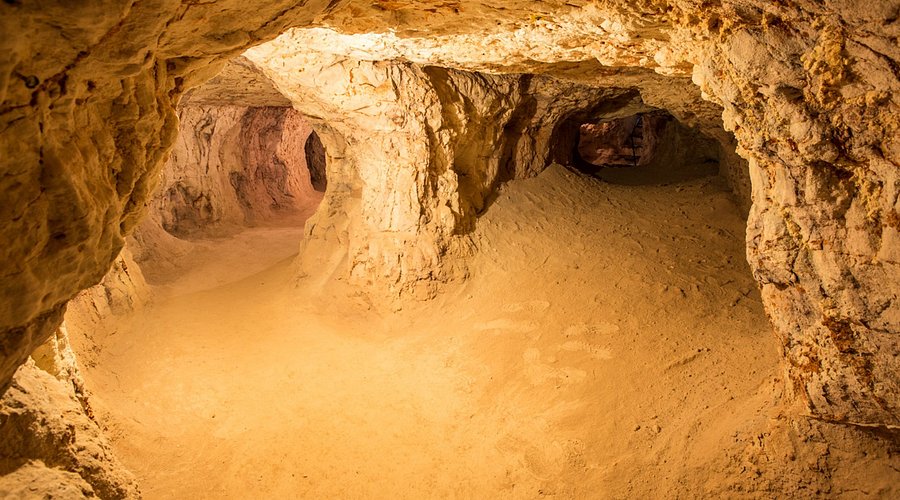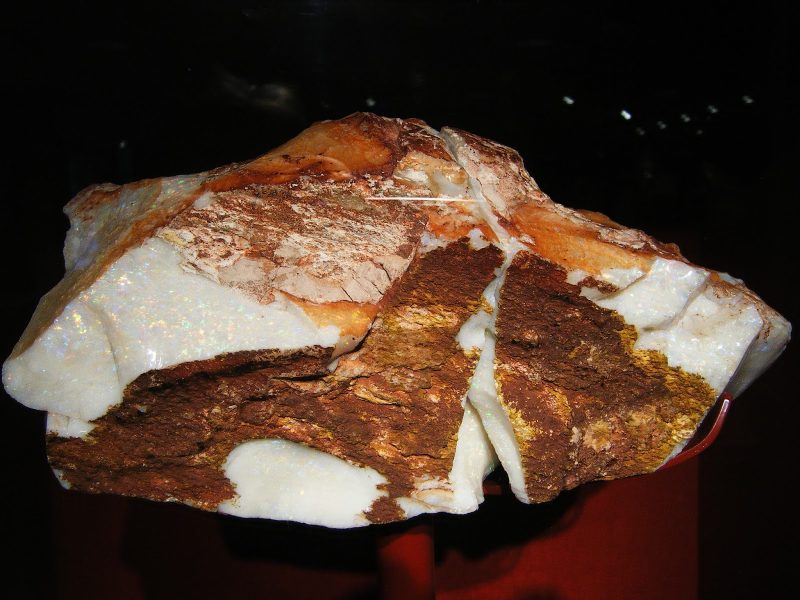History of Opals
Opals are among the most enchanting gemstones in the world. Known for their dazzling display of shifting colours—referred to as "play of colour"—each opal is entirely unique, making it one of the most personal and mysterious gemstones. Revered throughout history for their beauty and spiritual significance, opals have inspired legends, adorned royalty, and shaped entire industries. Nowhere is this more true than in Australia, where opals are deeply embedded in the nation’s cultural and economic identity.
Europe's Early Opal Trade
Before Australia's dominance, Hungary was the world’s primary source of opals. Mined primarily in the Carpathian Mountains, these Hungarian opals—typically light crystal varieties—were highly valued across Europe. Germany became a hub for cutting and refining opals, especially in the town of Idar-Oberstein, which had a longstanding tradition of gem craftsmanship. However, as the 20th century approached and Australian opals began entering the market, everything changed. The sheer quality and volume of Australian opal quickly overshadowed European production. By the early 1900s, the Hungarian opal trade collapsed, unable to compete with Australia’s vibrant and diverse opal fields.

The Rise of The Australian Opal Industy
Australia’s opal story began in the late 1800s when prospectors stumbled upon gem-quality opal in harsh, remote landscapes. Early discoveries in places like White Cliffs and Coober Pedy opened the door to widespread exploration. In 1915, a major discovery in Lightning Ridge revealed the now world-famous black opal—arguably the most valuable and striking variety of opal. Although initially met with skepticism in European markets, black opals soon became highly sought after. Later discoveries, such as the brilliant crystal opals of Andamooka in 1932, cemented Australia’s reputation as the world’s opal capital. For much of the 20th century, Australia produced over 90% of the world’s opals, a position only recently challenged by new deposits in Ethiopia.
Legends, Miners & Cultural Impacts

The story of opal in Australia is not just about geology—it’s about the people. Visionaries like Tullie Wollaston , HW BOND and Des Burton played critical roles in establishing the global opal trade, while many European immigrants, particularly Serbians, became legendary miners. Colourful characters like Harold Hodges helped shape the mythos of the outback opal hunter, working in extreme conditions with little more than hope and grit. In 1993, the opal was officially declared Australia’s national gemstone, a tribute to its significance both culturally and economically. Today, opals are not just worn as jewellery—they appear in literature, art, and museums. The Fire of Australia, one of the most magnificent opals ever discovered, is proudly displayed in the South Australian Museum. In fiction, authors like Ion Idriess have immortalized opal mining towns and the adventurous spirit of those who sought treasure beneath the desert.
Ancient Origins and Global Myths
The allure of opals stretches back to ancient times. In Aboriginal Dreamtime stories, opals are believed to be the Creator’s footprints, left behind as a gift to the land—glowing with the colours of the rainbow. These myths connect the gem with spirituality, nature, and creation itself. Similarly, the Romans admired opals for what they believed was a magical ability to capture the beauty of all other precious stones in one. Roman historian Pliny the Elder famously described opals as combining the fire of rubies, the green of emeralds, and the deep blue of sapphires. Throughout history, opals were seen as tokens of luck, divine favour, and mystery, making them coveted in many cultures across the world.

More Then Just A Stone
The history of opals is a tapestry woven with myth, migration, discovery, and resilience. From sacred Aboriginal legends to dusty outback mines and elegant European jewellery salons, opals have travelled a long and fascinating journey. Today, they remain a symbol of nature’s artistry and humanity’s enduring spirit. Whether admired in a museum, worn in a ring, or discovered in the soil of Lightning Ridge, opals continue to dazzle—and to tell stories that transcend time and place.